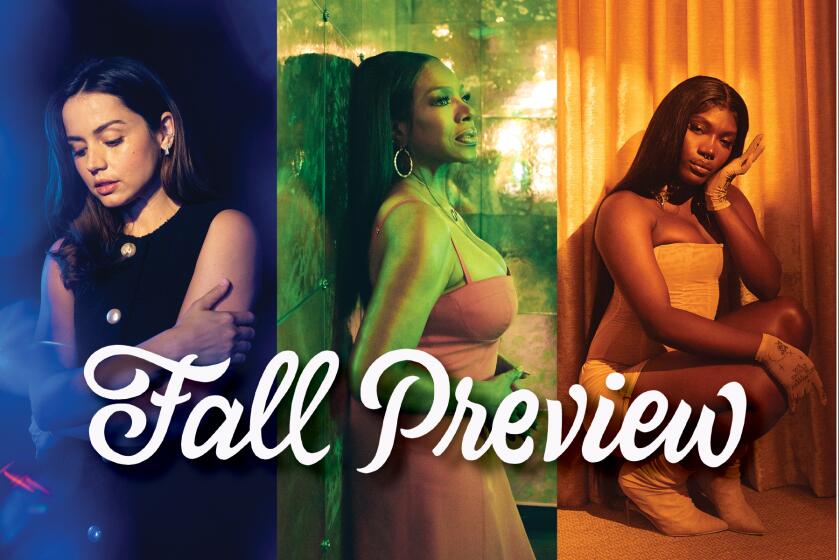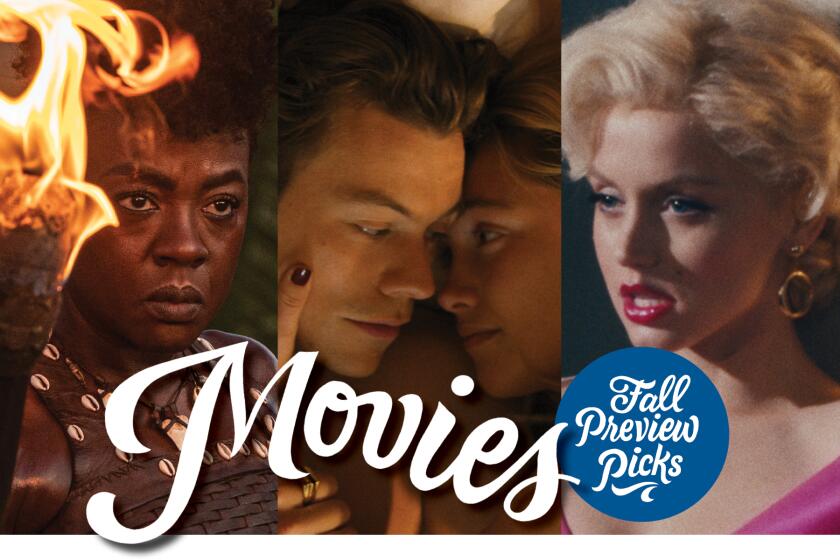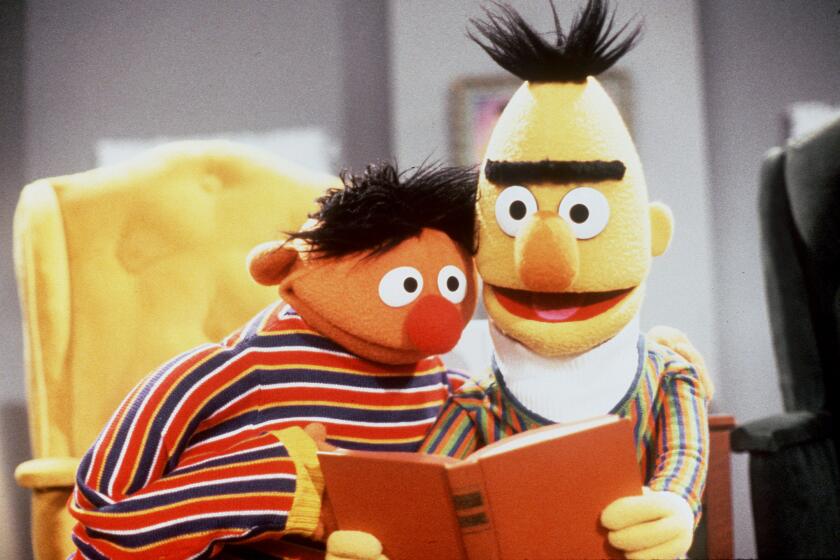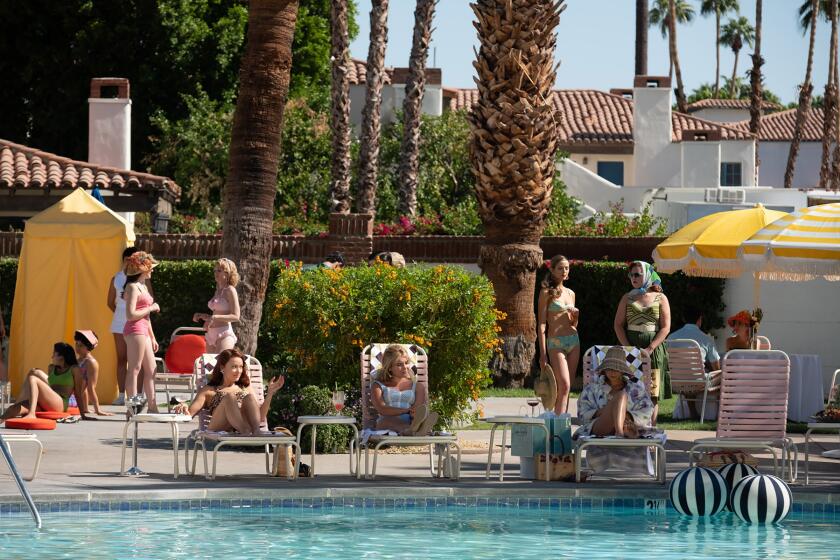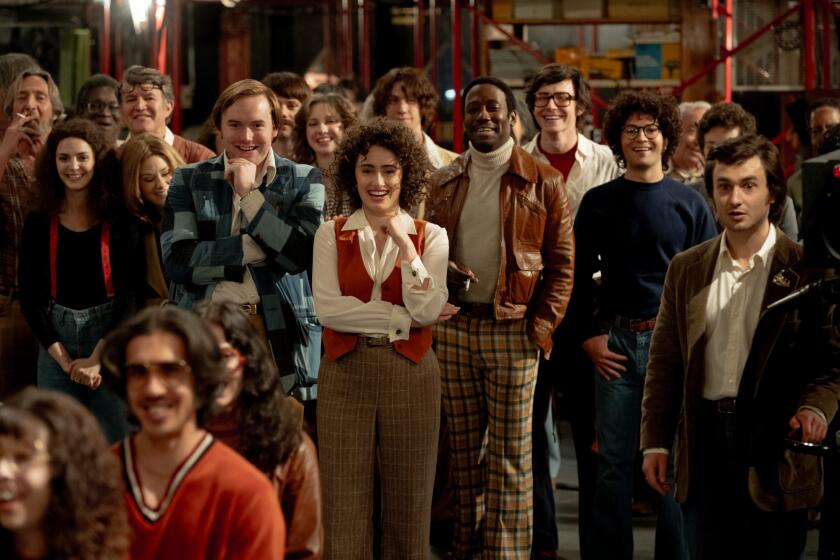Column: There’s nothing ‘normal’ about moviegoing any more. But fall gives us reason to hope
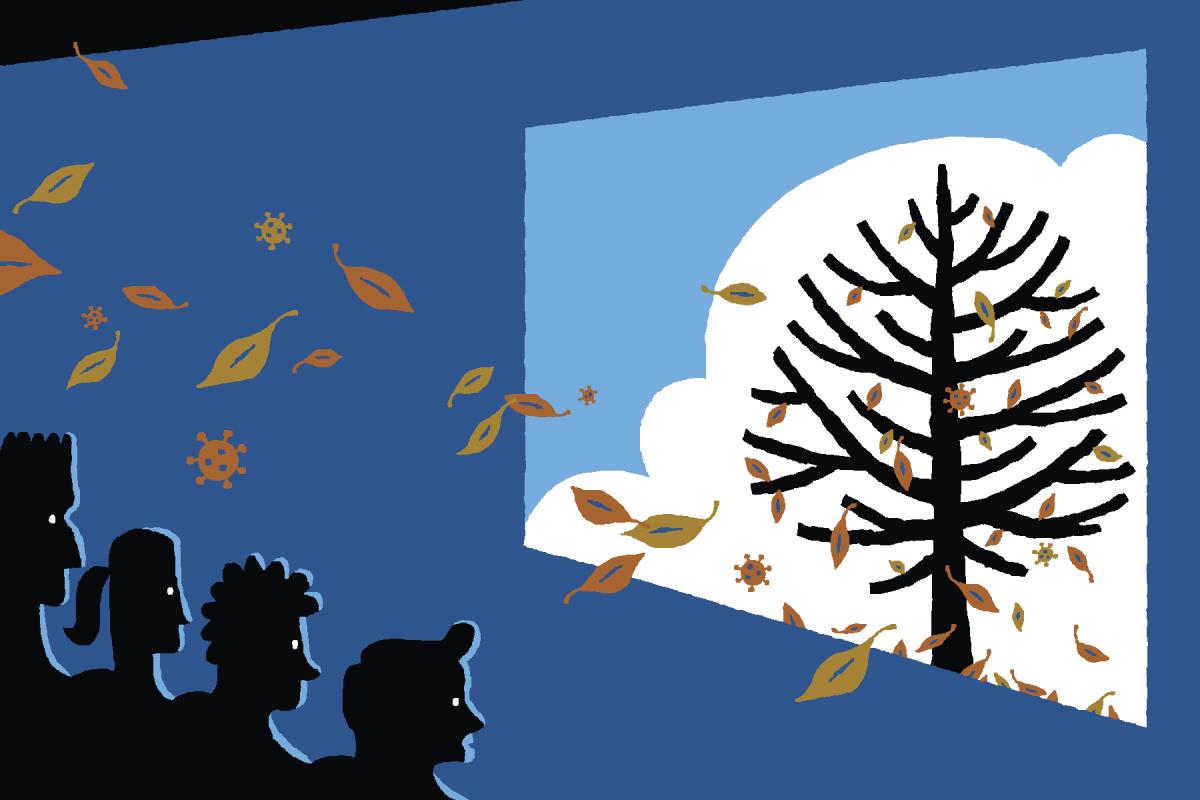
Under normal circumstances, the fall season is an exciting time of renewal for regular moviegoers, an occasion to shake off the late-summer blahs and survey the cinematic scene with renewed anticipation and excitement.
Ambitious, provocative new movies are suddenly back in theaters, some of them arriving fresh from their buzz-stirring premieres at prime film festivals in Venice, Telluride, Toronto and New York. The blockbuster imperatives that typically govern Hollywood are temporarily shunted aside so that the more rarefied priorities of art — often signaled by name directors, tony literary material and showy feats of A-list acting — can take their place. An entire industry apparatus rumbles to life as Oscar campaigns are minted, screenings and Q&As are scheduled, and critical acclaim — in the form of glowing reviews, though year-end awards and top-10-list placements will do — is solicited, seized upon and trumpeted to the skies.
Like most professional furnishers of said acclaim (plus the occasional well-earned raspberry), I’ve long been content to play my minuscule role in this routine, exciting, tedious, maddening process. That said, I began this piece with the words “under normal circumstances,” a condition that none of us has experienced in some time, and one that we hope for and nostalgize at our peril. The once-novel coronavirus that upended the movie industry almost three years ago is with us to stay, and its effects on our habits as movie watchers and moviegoers are not so easily shaken off.
Fall arts and entertainment picks from music, books, TV, arts and movies.
And so it’s not that the fall season ahead doesn’t look promising; far from it. It’s more that my very real excitement feels tempered by a note of panic, which in turn feels tempered by a note of optimism — a one-two punch that has come to feel like a learned reflex.
Last year, it’s worth remembering, we were promised at least a partial return to normalcy. Movie theaters that had shut down in 2020 reopened in 2021. (Some of them, anyway; others had closed for good.) In-person film festivals made a cautious but auspicious rebound. The pre-Oscars awards-show gauntlet functioned more or less as it was supposed to, with all its swag and swagger intact. (The scandal-plagued Golden Globes took a powder, one that looks sadly short-lived.) The Oscars themselves, following a downsized, socially distanced 2021 Union Station edition, returned to their Hollywood home at the Dolby Theatre and unfolded in a swirl of old-school pomp and celebrity glamour. Leaving aside that night’s derailment with an ugly burst of onstage violence, it was all back to business as usual, right?
Not quite. The cynical takeaway is that, after years of flagging ratings, dwindling cultural currency and dismal attempts to rejuvenate the broadcast, Slapgate had finally made the Oscars must-see TV again. A more productive response might be to reflect on how swiftly an entire season’s worth of breathless awards prognostication and relentless self-promotion suddenly collapsed in on itself: In just a few stunning seconds, an already frivolous set of festivities was somehow rendered even more frivolous. Amid the wreckage, the movies themselves — already trivialized by a series of wretched telecast production choices — seemed even more irrelevant, more diminished than ever.
The Oscars are seven months away but it’s not too early to take stock of the fall’s early arriving contenders.
I mention this all not to rehash one of the lousiest nights in the motion picture academy’s history but rather to note the folly of allowing one night, good or bad, to dictate or define how we think about movies. But at the risk of immediately contradicting myself, it’s hard to look back on that night and not see a snapshot of a medium, and an industry, at an especially tricky moment of transition. The best picture win for “CODA” upended a lot of expectations and assumptions: A prize usually won by a fall theatrical release went instead to a streaming-service acquisition that had first been shown nearly a year earlier at the virtual 2021 Sundance Film Festival. The beginning of a new era, a lot of observers surmised, and not a great-looking one for the future of theatrical exhibition.
In other words, panic! But maybe also optimism: Whatever you thought of “West Side Story,” “The Eyes of Tammy Faye” or “Belfast,” their combined string of Oscar wins showed there was life in theatrical movies yet, even if not all these movies found as wide or appreciative an audience as they once might have. One movie that clearly did find its audience was “Dune,” which came away with the biggest trophy haul — hardly a surprising outcome for the year’s biggest technical showpiece, but still a heartening assertion of the power that a grand cinematic spectacle can still command.
Still, that power can never be taken for granted. Even “Dune,” for all the money it made in theaters, was released simultaneously in theaters and on HBO Max, a pandemic-prompted decision that drew vocal criticism from the movie’s director, Denis Villeneuve: “Frankly, to watch ‘Dune’ on a television, the best way I can compare it is to drive a speedboat in your bathtub.” He got some mockery for that line, but he wasn’t wrong. And to expand his point further, this isn’t just about outsized spectacle. A movie shouldn’t have to feature giant sand worms and a seat-rattling Hans Zimmer score to be deemed worthy of a big-screen release.
Cost-cutting at Warner Bros. Discovery, a shift away from kid shows and “decluttering” the streaming experience are among the reasons.
Warner Bros., for its part, has announced its renewed commitment to traditional theatrical releases, a declaration that follows the robust commercial performance of recent movies including “The Batman” and “Elvis.” Heartening as that may sound to a lot of us, we should know better than to take encouraging press-release copy at face value. And sure enough, the studio’s decision was accompanied by a rash of widely criticized cost-cutting decisions on the streaming side, including the purging of titles from HBO Max (which will soon merge with another platform, Discovery+) and the shelving of a nearly completed, streaming-only “Batgirl” feature. Add to this the annus horribilis being experienced by Netflix, rocked by its recent loss of nearly 1 million subscribers, and it would seem that all those rumors about the death of theaters — and the unchallenged dominance of streaming platforms — have been grossly exaggerated.
Or have they been? It’s hard to follow the industry of late, in terms of its output and its headlines, and feel even the remotest certainty about anything. Whiplash is a default state, and the ground is shifting more quickly, on more fronts, than anyone can account for. Your spirits can be lifted by a resurgent box office summer, borne aloft by the robust success of “Everything Everywhere All at Once,” “Elvis” and the massively successful “Top Gun: Maverick,” only to come crashing back to earth with the news that Cineworld, the second largest theater owner on the planet, is about to file for bankruptcy.
A wannabe blockbuster like Netflix’s “The Gray Man” leaves you wondering if you’ll ever see a decent Hollywood action movie again — and then you see an actual decent one, like “Prey,” the well-reviewed latest entry in the “Predator” franchise, and wonder why this Hulu-exclusive title never got the theatrical berth it deserved. The inviolable sanctity of the theatrical experience and the undeniable convenience of our home-streaming reality seem to be forever fighting each other to a draw.
What does any of this mean for the coming fall? The future, like most of the movies on the horizon, remains to be seen, but at this early juncture, I’m clinging like mad to optimism. The conversation will begin at festivals, where, at the very least, movies will be seen as they were meant to be seen, in proper theaters. When those movies open, I suspect — I hope — that audiences will head to theaters, not just for air conditioning and a cheap diversion but for the experience of being genuinely swept away by something new and exciting.
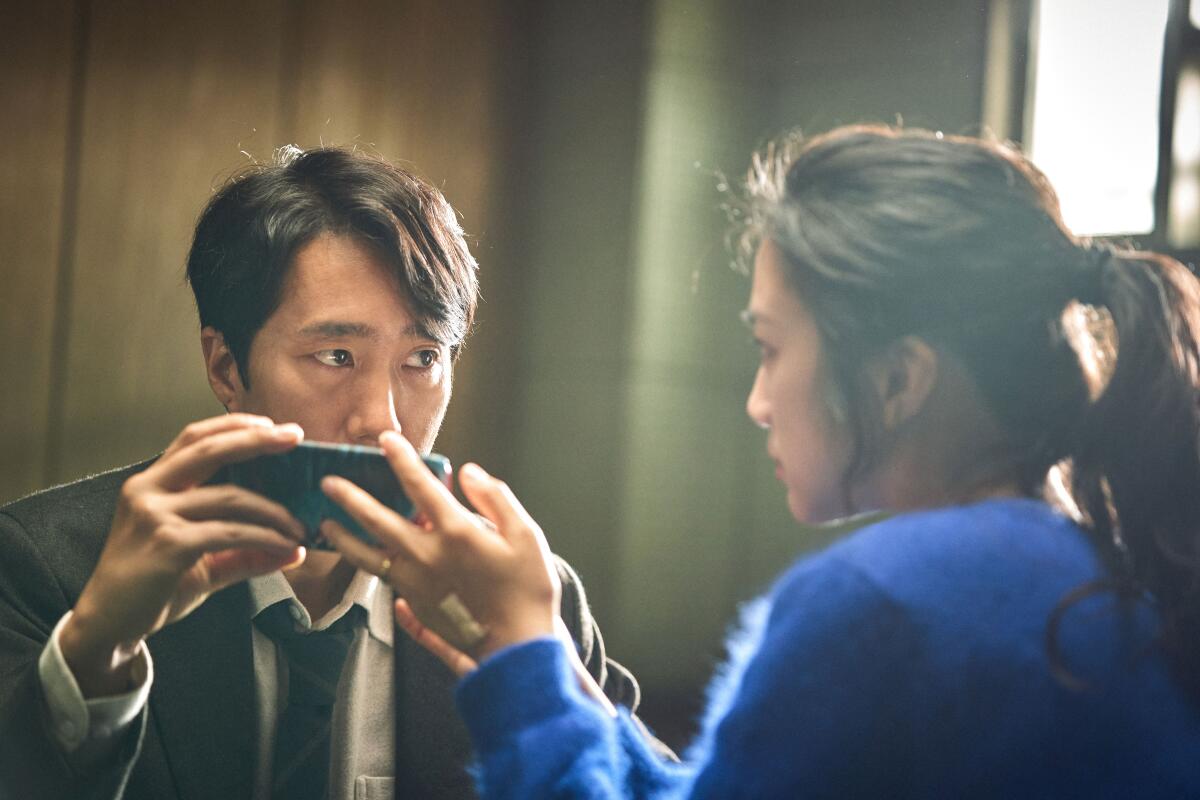
I hope that some of those choices will include the many excellent features arriving from overseas, some of which will be playing North American festivals and theaters this fall after debuting at Cannes earlier this summer. Among the strongest are “Decision to Leave,” a noir-ish detective thriller from Korean director Park Chan-wook; Polish veteran Jerzy Skolimowski’s “EO,” a wrenching drama centered around a beast of burden; and “One Fine Morning,” the latest finely tuned romantic drama from French filmmaker Mia Hansen-Løve.
One new international title that seems likely to draw considerable attention is Alejandro G. Iñárritu’s latest, a comedy about a Mexican journalist titled “Bardo (or False Chronicle of a Handful of Truths).” It’s one of several Netflix titles vying for year-end recognition; it also finds Iñárritu working in a semiautobiographical key, as more than a few Oscar winners, including Alfonso Cuarón (“Roma”) and Kenneth Branagh (“Belfast”), have recently done. How will “Bardo” fare alongside Steven Spielberg’s latest, “The Fabelmans,” a much-anticipated drama about his own postwar childhood? We’ll see soon enough. One of the pleasures of the season is the way it puts seemingly disparate movies in conversation with one another, to sometimes productive and sometimes reductive effect.
Sex, debauchery and booze flow freely in Olivia Wilde’s twisty thriller ‘Don’t Worry Darling,’ and Palm Springs served up the perfect locations.
But reductiveness is something we often risk in pursuit of conversation about the movies, and if we can say anything with any certainty, it’s that the fall will bring more than its share of talking points — and questions. What do Sarah Polley’s “Women Talking” and Olivia Wilde’s “Don’t Worry Darling,” both dramas about women living in close-knit communities, have to say about women’s rights and agency in the post-Roe moment? What kind of a mirror does Noah Baumbach’s adaptation of “White Noise,” Don DeLillo’s 1985 novel about a toxic airborne event, hold up to the pandemic?
Which movies will remind us that the movies’ favorite subject is and always will be the movies? Maybe it’ll be “Blonde,” Andrew Dominik’s much-anticipated film starring Ana de Armas as Marilyn Monroe. Or perhaps Sam Mendes’ “Empire of Light,” an English drama set in and around a historic cinema. A period piece, in other words. But also a reminder, with any luck, that movie love is alive and well.
More to Read
Only good movies
Get the Indie Focus newsletter, Mark Olsen's weekly guide to the world of cinema.
You may occasionally receive promotional content from the Los Angeles Times.
